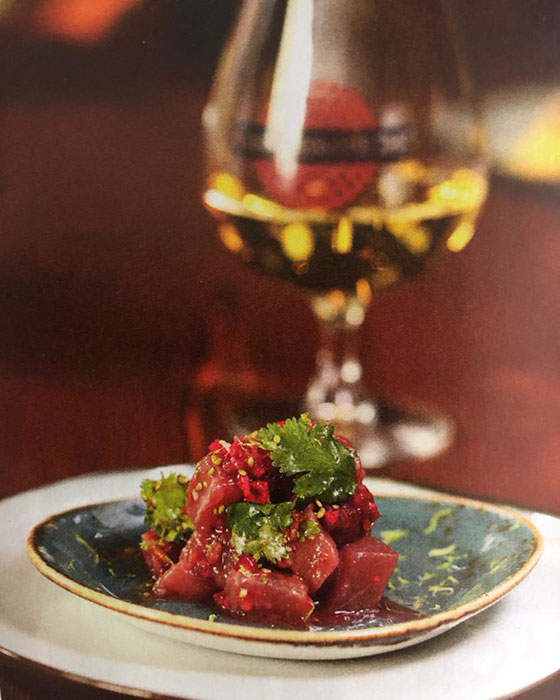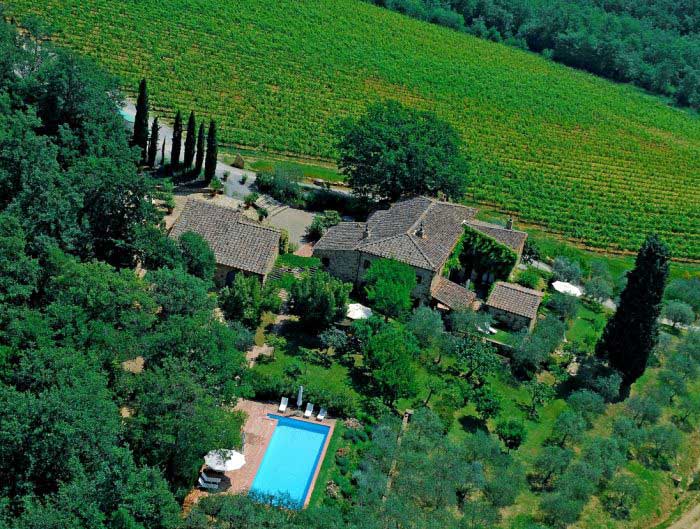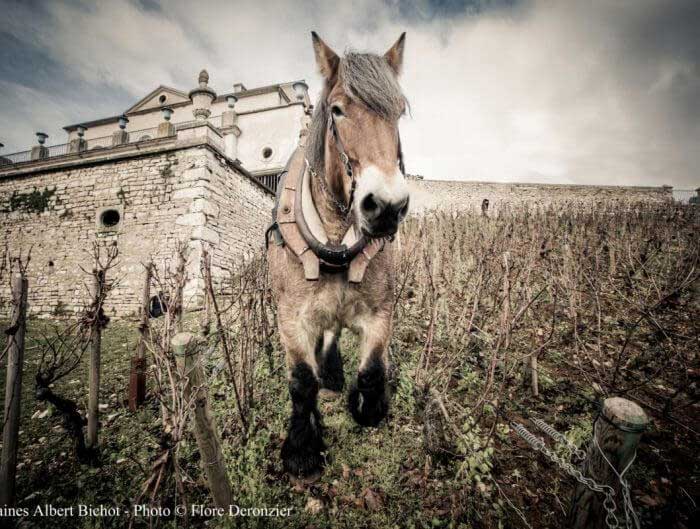Bordeaux: Re-discover the city of fine wine
Post-lockdown, it is time to travel and taste wine again. Bordeaux has new places to stay and eat and there is something for every taste and budget. BTW guest columnist and Bordeaux native Brinda Bourhis explores
Like many cities around the world, Bordeaux lifted its COVID19-related lockdown and curfews in May 2021. After over 18 months of gloom, a number of new hotels and restaurants have been flourishing in this city that is home to the finest wines in the world. Although I have lived in Bordeaux for over 20 years now, discovering these new places was a new adventure, and I could see there was an eagerness to welcome back visitors – both locals and international visitors in the not-too-distant future.
Here are just a few hotels and restaurants to put on your ‘to-do list’ for your next trip to this beautiful city, where l’art de vivre forms part of its DNA!
Hotels
Renaissance Bordeaux by Marriott International

Located a few minutes away from the Cité du Vin (Bordeaux’s wine museum) in the docks area, the Marriott hotel group opened this four-star hotel with 149 rooms. in June 2021. You can’t miss it: the entrance features two silos that once were oil factories in the 19th century. This place is hip… as soon as you step foot into the lobby, you have a view of the hip Art Deco coffee shop that opens onto an urban oasis (a garden with comfy areas to hang out). The rooms have conserved a raw concrete look that is enhanced by gold leaf abstract frescos and works of art.
The key attraction is the rooftop swimming pool with a view of the city centre from the ninth floor. Although not of the same dimensions as the skyscrapers in Asia or NYC, this is quite unique in Bordeaux.
Room rates: From €200 including breakfast for a double room
Reservations: On Booking.com or the hotel website
Website: www.renaissancebordeauxhotel.com
Moxy by Marriott International

Just next door to the Renaissance is the Moxy hotel, targeting the millennials headed to Bordeaux for a short stop-over. Here the concept is ‘grab & go’- there is no fancy lobby, just an open living space where everything takes place: from digital check-in to self-service fridges for snacks or drinks. It is a spot for socializing with its bar and sofas for people to chill in, and table tennis for those seeking to be more active.
There are 133 rooms with views of the Wet Docks or the oasis garden that it shares with the Renaissance. It is ideal for friends travelling together as some of the larger rooms can accommodate up to four people.
Room rates: From €125 including breakfast for a double room
Reservations: On Booking.com or the hotel website
Website: www.moxybordeaux.com
Villas Foch
If you are looking for a 5-star luxury stay in downtown Bordeaux, Villas Foch is a boutique 20-bedroom hotel near the Places des Quinconces, the biggest square in Europe. Set in a quiet street, the interior design of this hotel is exquisite with typical Girondine stone walls and sophisticated velvet and wooden furniture. The rooms are spacious, ranging from 20m2 to 65m2. You will also find a spa under a vaulted stone ceiling with its sauna and fitness centre.
Although such luxury accommodation is often occupied by wealthy foreign visitors, the hotel director is confident that once travel conditions are authorized, Villas Foch will be on the radar for clients worldwide.
Room rates: From €300 to 700 for a double room
Reservations: On Booking.com or the hotel website
Website: www.villasfoch.fr
Clos des Queyries
Airbnb is popular everywhere, however, the concept of being greeted personally and looked after by the host can no longer be taken for granted. Often, it is self-check-in, with keys in a lockbox and just email contact with the host.
At Clos des Queyries, the husband-and-wife team Sebastien and Sylvie Dehlinger live on-site and have spent 3 years totally renovating the 18th-century chateau that they bought in 2017, converting it into a 4-bedroom B&B. Slightly off the beaten track in the suburbs of Bordeaux in the Bastide area, the place is close to the tramway. This is a guesthouse with character.
The owner, Sylvie spoke to me about how she enjoyed decorating each of the 38m2 bedrooms, seeking unique pieces of furniture and objects from antique shops to give a more personal touch.
The guesthouse is surrounded by a 1200m2 garden where guests can relax in the sunshine or take their breakfast that is included in the price.
Room rates: From € 195€ to 230 including breakfast
Reservations: On Booking.com or the guesthouse website
Website: www.leclosdesqueyries.com
Hotel la Zoologie
Here is a convenient spot just a few minutes from Bordeaux’s railway station, Gare Saint-Jean. The building dates back to 1901 when it was the Institute of Zoology, a place where scientists and academics studied the life of animals and nature. Hotels T, a family-run hospitality business from Paris bought the Institute to make it into a hotel with 40 rooms. The challenge here, as the director explained, was to conserve this official historical building while creating a contemporary and practical 4-star hotel.
They achieved this by adding two wings to the original Institute with a botanical garden in the middle – a space for relaxation and fine dining. Each room is original and has a reference to nature. You’ll find forest bamboo floors, curtains in African wax fabric, and ornaments from the past.
Other services offered include a cocktail bar, restaurant, rooftop, and spa.
Room rate: From €220 to 600
Reservations: On Booking.com or the hotel website
Website: www.hotelzoologie.com
Restaurants
Avant Comptoir du Palais
Bordeaux is quite close to Spain, famous for its tapas (small portions of cold and hot food). Julien Camdeborde, a young Chef decided to open his own style of a tapas eatery in the heart of Bordeaux. Here, the convivial atmosphere is matched with a choice of over 60 tapas. Lift your gaze to the ceiling and you will see the complete menu featured in numerous small posters with the tapas and their photos.
Julien is originally from the South-West of France, and his idea is to offer not only traditional Spanish tapas such as tortillas or ham croquetas but also more original tapas made with local ingredients. At Avant Comptoir, you can savour raw tuna in raspberry marinade, beef croque monsieur, fried squid with chorizo and pomegranate.
Prices for each tapas start from €8
Address: 2 Place du Palais, 33000 Bordeaux
Man Mo
This restaurant is a creation of five friends who once lived in Hong Kong, then moved back to Bordeaux and decided to open a place serving dim sum.
Located in the trendy Place des Chartrons, the dim sum recipes have been revisited with a French touch. For example, you will find dim sum with foie gras, scallops, or even the French creamy cheese Brie with truffle. The restaurant also serves more classical Chinese dishes with noodles, wok-fried vegetables, and soup.
Prices: Menu around €30
Address: 8 Place des Chartrons, 33000 Bordeaux
Restaurant La Zoologie
As mentioned above, Hotel la Zoologie has a restaurant that is open not only to its guests but also to the public.
From the dining room inside the hotel, you can have an open view of the kitchen where you can see the chef and his team at work, cooking delicious dishes to enjoy either inside or out in the hotel’s botanical garden.
The food here is simple and tasty, made with fresh local ingredients.
The chef, Ronan Ozon prepares dishes such as tataki of salmon, filet of duck with polenta and vegetable tart, praline cream with meringue sticks, each beautifully presented: a delight for your eyes and tastebuds.
Prices: 3-course lunch menu €25
Address: 151 cours de la Marne, 33000 Bordeaux
About Brinda Bourhis
After five years working for a major Bordeaux wine merchant, British-born Brinda Bourhis has solid knowledge and experience of the wines of one of the finest regions in the world: Bordeaux.
She owns Winevox, a company that provides quality wine education including the WSET course, wine marketing and translations for the French wine industry.
Winevox also runs an on-going ambassador programme in the US for the Crus Bourgeois du Medoc, organising masterclasses at top universities such as Stanford, Columbia, Yale, and staff-training for wine retail stores as well as tastings for private wine clubs and associations.
Cover image: Borja Lopez/pexels

























